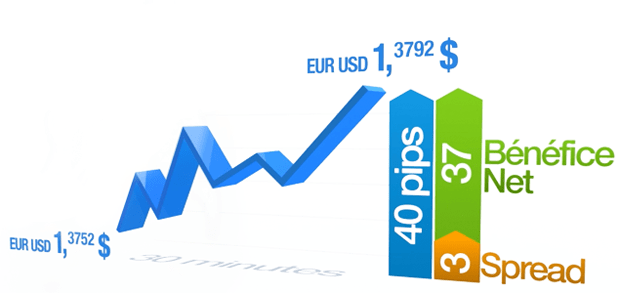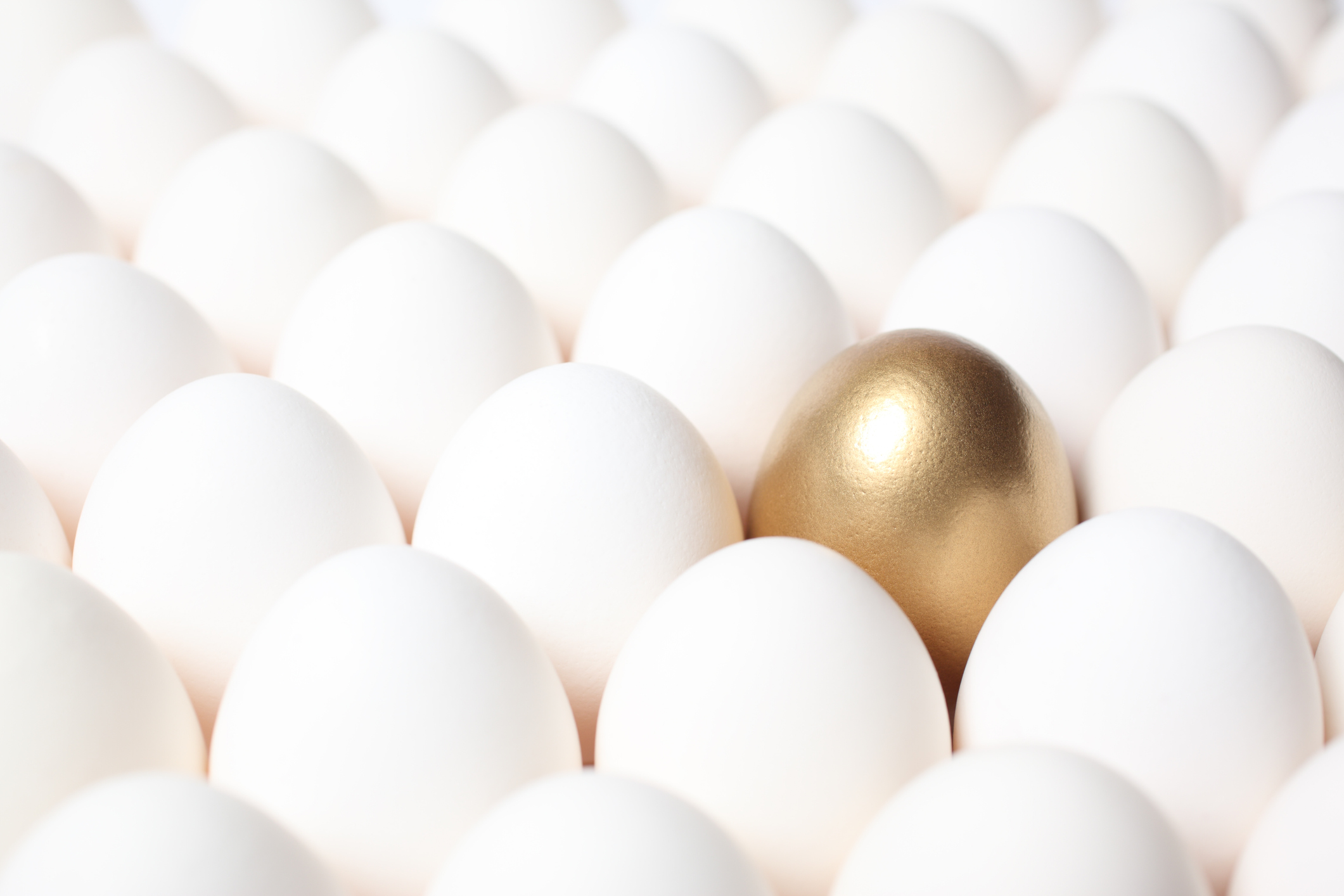
The dividend payout rate is a key indicator for a company’s financial strength. This is the percentage of net income that a company distributes as dividends. A high payout ratio will result in more dividends being paid to stockholders. High payout ratios are a good thing in an environment where shareholders' money reigns supreme. To assess a company’s strength, here's how you calculate its dividend payout ratio.
Dividend payout ratio can be used to measure a company’s sustainability.
The Dividend payout ratio (DPR), a financial indicator, is used to determine if a company’s business model is sustainable. Although high dividend yields may be appealing, the company could lose capital or have to lower its dividend. This could lead to a high DPR, which can be a sign of trouble.

It measures a company's financial strength.
Businesses are concerned about their financial strength. A company's strength depends on its ability to control costs and maximize efficiency. A company's financial strength can be measured by many metrics. How can you determine which metrics are most important? Start by identifying your key drivers, such as sales growth, profitability and control of costs. These factors will help guide you in deciding which metrics to use.
It is a sign you are maturing.
The capability maturity model (CMM), describes the processes and measures used to determine the maturity level of an organisation. One of these areas is project integration management, planning monitoring and control. This process maturity index is applicable to different industries, as well as to different continents. These indicators are closely related to organizational leadership styles. Companies that achieve a high level of maturity may be better equipped to handle more complex and uncertain environments.
It's a measure financial strength
A company's financial strength is a critical concern for many. Many companies thrive on cost control and efficiency. But how does one determine if a company is financially sound? This will vary depending on the type, stage, objectives, and economic environment of the company. A company's financial health can be assessed by measuring three key areas, namely sales growth, profitability and cost control.

It is a measure to sustainability
The ecological footprint is a measure of sustainability that combines the economic and environmental aspects. This is the area of productive soil and water ecosystems required to produce and assimilate resources. The ability to compare the environmental footprints of different projects is a way to determine their value. We need to know how many resources are required to build a building to evaluate its environmental value.
FAQ
Who can trade on the stock market?
The answer is everyone. All people are not equal in this universe. Some have greater skills and knowledge than others. They should be rewarded.
But other factors determine whether someone succeeds or fails in trading stocks. If you don't understand financial reports, you won’t be able take any decisions.
You need to know how to read these reports. It is important to understand the meaning of each number. Also, you need to understand the meaning of each number.
You'll see patterns and trends in your data if you do this. This will help to determine when you should buy or sell shares.
If you are lucky enough, you may even be able to make a lot of money doing this.
How does the stock market work?
When you buy a share of stock, you are buying ownership rights to part of the company. Shareholders have certain rights in the company. He/she can vote on major policies and resolutions. He/she can demand compensation for damages caused by the company. He/she also has the right to sue the company for breaching a contract.
A company cannot issue more shares that its total assets minus liabilities. This is called capital sufficiency.
A company with a high ratio of capital adequacy is considered safe. Low ratios can be risky investments.
What is security in the stock exchange?
Security is an asset that generates income for its owner. Shares in companies are the most popular type of security.
A company may issue different types of securities such as bonds, preferred stocks, and common stocks.
The earnings per share (EPS), and the dividends paid by the company determine the value of a share.
You own a part of the company when you purchase a share. This gives you a claim on future profits. You will receive money from the business if it pays dividends.
You can always sell your shares.
What's the difference between a broker or a financial advisor?
Brokers are specialists in the sale and purchase of stocks and other securities for individuals and companies. They take care all of the paperwork.
Financial advisors are experts on personal finances. They use their expertise to help clients plan for retirement, prepare for emergencies, and achieve financial goals.
Banks, insurance companies and other institutions may employ financial advisors. Or they may work independently as fee-only professionals.
You should take classes in marketing, finance, and accounting if you are interested in a career in financial services. You'll also need to know about the different types of investments available.
What is the difference in the stock and securities markets?
The securities market is the whole group of companies that are listed on any exchange for trading shares. This includes stocks and bonds, options and futures contracts as well as other financial instruments. Stock markets are usually divided into two categories: primary and secondary. Primary stock markets include large exchanges such as the NYSE (New York Stock Exchange) and NASDAQ (National Association of Securities Dealers Automated Quotations). Secondary stock exchanges are smaller ones where investors can trade privately. These include OTC Bulletin Board Over-the-Counter and Pink Sheets as well as the Nasdaq smallCap Market.
Stock markets have a lot of importance because they offer a place for people to buy and trade shares of businesses. The value of shares depends on their price. The company will issue new shares to the general population when it goes public. Dividends are received by investors who purchase newly issued shares. Dividends are payments made to shareholders by a corporation.
Stock markets not only provide a marketplace for buyers and sellers but also act as a tool to promote corporate governance. Boards of Directors are elected by shareholders and oversee management. The boards ensure that managers are following ethical business practices. If a board fails to perform this function, the government may step in and replace the board.
What is a Reit?
An REIT (real estate investment trust) is an entity that has income-producing properties, such as apartments, shopping centers, office building, hotels, and industrial parks. They are publicly traded companies which pay dividends to shareholders rather than corporate taxes.
They are similar in nature to corporations except that they do not own any goods but property.
Statistics
- For instance, an individual or entity that owns 100,000 shares of a company with one million outstanding shares would have a 10% ownership stake. (investopedia.com)
- Ratchet down that 10% if you don't yet have a healthy emergency fund and 10% to 15% of your income funneled into a retirement savings account. (nerdwallet.com)
- "If all of your money's in one stock, you could potentially lose 50% of it overnight," Moore says. (nerdwallet.com)
- US resident who opens a new IBKR Pro individual or joint account receives a 0.25% rate reduction on margin loans. (nerdwallet.com)
External Links
How To
How to make a trading plan
A trading plan helps you manage your money effectively. This allows you to see how much money you have and what your goals might be.
Before you start a trading strategy, think about what you are trying to accomplish. You may want to save money or earn interest. Or, you might just wish to spend less. You might consider investing in bonds or shares if you are saving money. If you are earning interest, you might put some in a savings or buy a property. Perhaps you would like to travel or buy something nicer if you have less money.
Once you have a clear idea of what you want with your money, it's time to determine how much you need to start. This depends on where you live and whether you have any debts or loans. You also need to consider how much you earn every month (or week). Your income is the net amount of money you make after paying taxes.
Next, save enough money for your expenses. These expenses include rent, food, travel, bills and any other costs you may have to pay. These all add up to your monthly expense.
You will need to calculate how much money you have left at the end each month. That's your net disposable income.
You now have all the information you need to make the most of your money.
Download one online to get started. Ask an investor to teach you how to create one.
Here's an example spreadsheet that you can open with Microsoft Excel.
This is a summary of all your income so far. It includes your current bank account balance and your investment portfolio.
And here's a second example. This was designed by a financial professional.
This calculator will show you how to determine the risk you are willing to take.
Don't attempt to predict the past. Instead, put your focus on the present and how you can use it wisely.